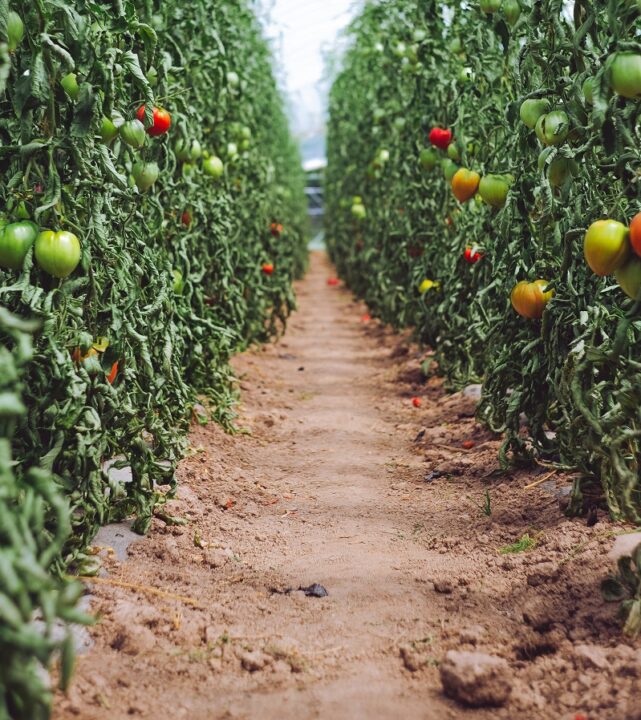New Cherries Resistant To Powdery Mildew
Two cherry cultivars being grown at Washington State University’s Irrigated Agriculture Research and Extension Center really stood out this year. The two as of yet unnamed varieties emerged among the 30 acres of cherries at the facility, which is located in the south-central city of Prosser, because they looked so, well, normal. “The others had powdery mildew all over the place,” says Nnadozie C. Oraguzie, an associate professor who currently specializes in cherry breeding.
Considering that 98% of commercial cultivars suffer from problems associated with powdery mildew, says Oraguzie, that’s probably to be expected. Chelan is the only popular cherry variety that might have resistance, says the Nigerian-born breeder, who came to the Pacific Northwest after serving as a senior researcher at Hort Research in New Zealand. “But Chelan might not be showing symptoms (of powdery mildew) because it’s so early,” he says. “It escapes the heavy disease pressure.”
The two new varieties definitely have resistance, and that could be quite a boon to cherry growers’ bottom lines, says Oraguzie. Based on the most recent available statistics, for the 2007 spraying season, Washington growers might have saved $2.3 million on fungicides alone. “But because a lot more (cherry orchards) have been planted, and spraying is getting more expensive, I think it could now be closer to $3.5 million,” he says.
Happy Accident
The powdery mildew resistance, like many great developments, was discovered through chance, says the breeder who originally made the crosses, James Olmstead. Now an assistant professor at the University of Florida working on blueberry breeding, Olmstead made the crosses while a Washington State University graduate student under the supervision of Greg Lang, who is now at Michigan State University.
Olmstead said that Tom Toyama, who was the breeder at Prosser from the 1960s to the mid 1980s, was struck by a mysterious cherry variety in a greenhouse, where it’s very moist and the chance of mildew is high, that never got mildew. So they aren’t sure of the new varieties’ exact parentage. But despite the unknowns, Olmstead is reasonably sure the varieties will be successful because powdery mildew is such a huge problem for cherry growers.
“The one thing we are confident about is that they’re resistant to powdery mildew,” he says. “And while the resistance in these selections comes from a single gene — which can break down in field conditions — this resistance has been there for 30 years and we’ve never observed a breakdown.”
Oraguzie, who has picked up where Olmstead left off, is also pretty sure they’ve got a couple winners on their hands, and not just because of powdery mildew resistance. “I’m a breeder, but I’m also a consumer, and as a consumer, I don’t want powdery mildew resistance, I want good fruit quality,” says Oraguzie, adding that both varieties taste terrific. “These selections have both attributes, and that’s why I’m so keen on them.”









